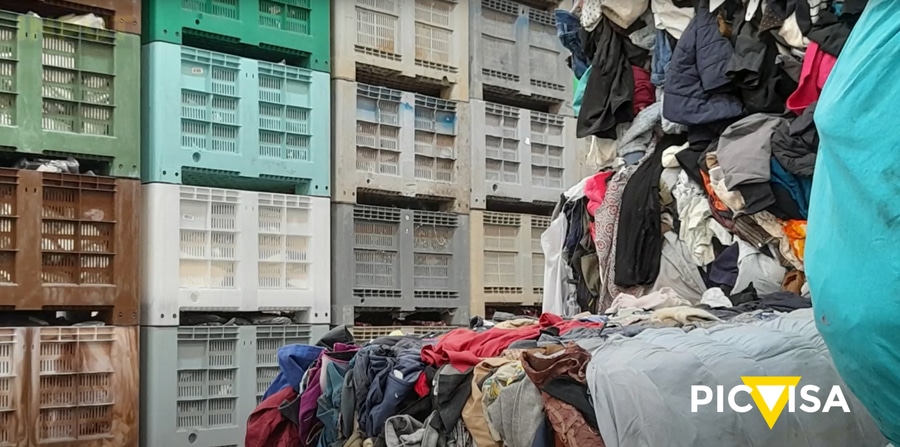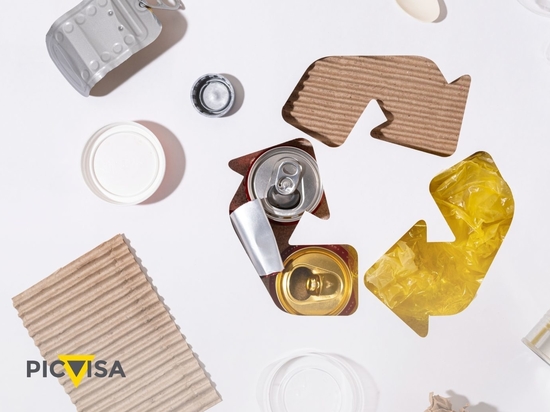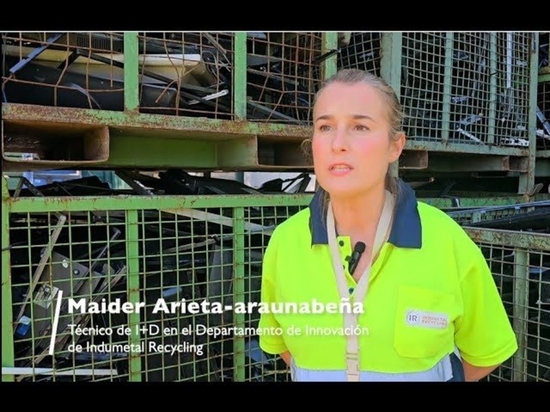
#Industry News
TEXTILE WASTE MANAGEMENT: THE NORTH EUROPEAN LEADERSHIP
EUROPE READY FOR THE GREAT CHALLENGE OF TEXTILE RECYCLING
According to a European Commission strategy paper on sustainable textiles, every second is dumped in landfills the equivalent of a garbage truck full of textiles is burned. If nothing changes, the consumption of clothing and footwear will increase by 63% until 2030 and by 2050 the fashion industry will consume a quarter of the global carbon budget.
In March 2022, the European Union, one of the world’s largest textile markets, with imports worth $80 billion, published a strategy paper proposing binding requirements for durability, recyclability and recycled fiber content, as well as a ban on destroying unsold or returned textiles. This document establishes that by 2025 all member states must separately collect 100% of their textile waste, about 16 million tons per year. We have talked about the importance of these proposals in our last blog post “The keys to waste management in 2023” and in previous ones such as “Europe, towards the digital passport of textile recycling circularity” and “Technological innovation in recycling for the textile industry“.
These topics have been the subject of extensive debates, analyses and innovation projects over the last half of last year. But what are the key factors that countries leading this transition take into account? What trends and opportunities exist on the textile recycling pitch?
These issues focus our reflection on this article. However, we do not stop in reflection, since technological recycling solutions, such as those developed at PICVISA, are the backbone of this new era.
NORTHERN EUROPE AS A SPEARHEAD IN WASTE MANAGEMENT
Northern Europe (Sweden, Finland, Denmark, Holland, Norway) tops the sustainability lists in the textile sector due to four key factors that are based on the technological solutions implemented in the textile recycling industry: high-tech solutions, new materials, the abandonment of the Global South as a landfill and slow fashion.
HIGH-TECH SOLUTIONS FOR TEXTILE RECYCLING
It is the main pillar and the other three are based on that. Germany, for example, faces a volume of one million tons of textile waste while its sorting capacity is capped at 191,000 tons. Sorting capacity in the Netherlands is slightly higher than the amount of textiles collected, but much of that capacity is used to treat German textiles.
The room for improvement is clear. The key is the automated sorting of textile waste. At PICVISA we develop and use hyperspectral vision technologies to maximize efficiency in the automated classification of textile waste. We combine machine vision, which captures real-world images, processes and analyzes them, with infrared spectroscopy (NIR), which identifies the composition of textile products.
This technology, whose main exponent in our ECOSORT TEXTIL, allows us to manage about 5000 tons per year in the textile waste classification plant launched in A Coruña together with Coleo Recycling. The success of this model means that it will soon be replicated in La Pineda, Barcelona, with a plant that will process more than 10,000 tons of textile waste per year.
To have a glimpse of the magnitude of the benefits that automatic sorting of textile waste can provide, the sustainability organization Fashion for Good (of which PICVISA is already an alumni this year), in collaboration with the Dutch Circle Economy foundation, conducted research in 2022 on the commercial potential of textile collection, sorting and recycling. The study carried out in six European countries (Belgium, Germany, the Netherlands, Poland, Spain and the United Kingdom) shows that, just by sticking to these six territories, 494,000 tons of post-consumer textiles are available for recycling. According to Fashion for Good, converting this textile into new fibers can generate 74 million euros per year.
NEW MATERIALS FOR THE TEXTILE INDUSTRY
From fungi, manipulating the DNA of microorganism cells or through bacteria with natural pigments, new, more sustainable materials can be obtained for the textile industry. Projects currently under development in Norway, Holland, Germany, Denmark, Finland or Sweden, are focused on this goal.
Even so, not all bio-based materials are necessarily beneficial to the environment. An increase in the cultivation and harvesting of large quantities of cacti, cork or other plants just for the purpose of making clothes would cause a very significant increase in the carbon footprint. A viable alternative is to use waste or by-products instead of undertaking new crops. Once again, PICVISA’s automated textile sorting plays a key role in this process.
ABANDONMENT OF THE GLOBAL SOUTH AS A TEXTILE DUMP
The Global North found a backdoor to get rid of its textile waste problem through the export of used clothing to countries in the Global South (such as Kenya and Tanzania), forcing countries in that region, which lack the necessary infrastructure, to deal with the consequences of fast fashion.
The data shows that in 2019 Kenya imported 185,000 tons of second-hand clothing of which between 30 and 40% of it has no market value because it was not collected and classified correctly.
Our commitment to reverse this situation is based on constant technological innovation in textile recycling and is embodied in our fully operational solutions available today.
First, PICVISA’s automated textile classification allows waste to be cataloged more accurately in addition to incorporating traceability, so producers can be responsible with the end of the waste they generate.
And, secondly, Big Data. Our DATA+ data platform, together with our ECOFLOW plug and play flow analyzer, allows you to have total control of the plant to optimize the results to the maximum, whatever the subsequent purpose of the waste. A control that can be carried out remotely in case the plant is located in another territory.
SLOW FASHION
For slow fashion to move towards a consolidated reality, it is necessary to have sustainable buyers (5 countries of the TOP 10 of the most sensitive to slow fashion are in northern Europe, with Finland and Denmark at the head) and with sustainable production.
At PICVISA we work focused on sustainable production. In this field, the underlying technologies that can enhance the durability, strength and quality of materials are equally or more important than automated textile sorting technology.
Recently PICVISA has completed the TEXVISION project together with MODACC, FITEX and other companies in the sector such as ESTILMAR or TEX 51, developing a prototype capable of detecting errors in the fabric with much more efficiency than the human eye. Automating and improving quality control processes also affects the use of resources.
Technology is the axis on which all the disruptive movements that are developing within the textile recycling sector pivot, and the automated classification of textiles is, in the short and medium term, one of the best assets of the industry to meet the ambitious objectives of reducing the carbon footprint throughout the life cycle of products.
At PICVISA we consider ourselves, and our projects confirm that we are, a valuable ally for countries and organizations that aspire to lead the transition towards the new sustainable future of Europe.





